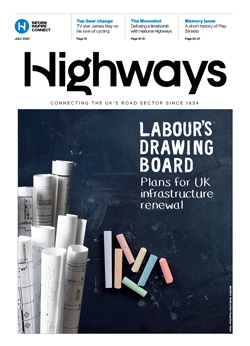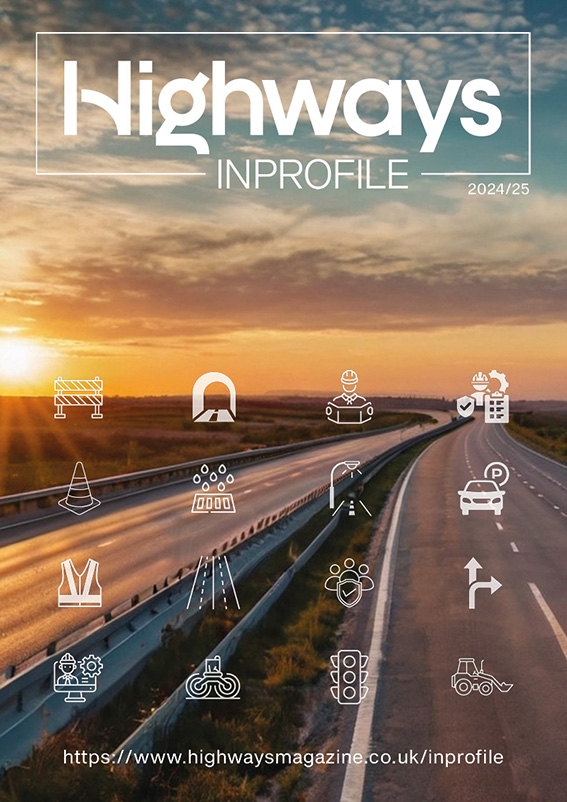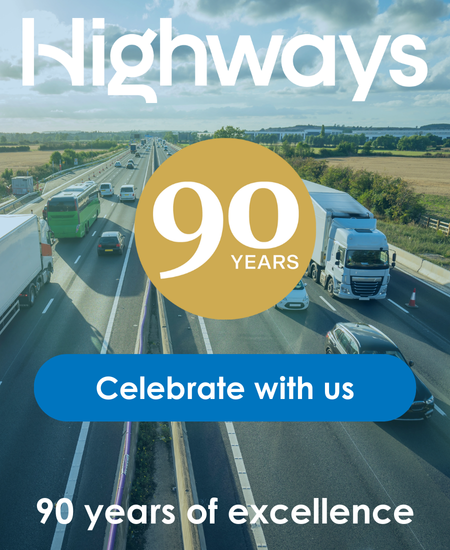Bosch’s mobility solutions division says it has developed a way to ensure that the more than 470 million connected vehicles expected to be on the roads by 2025 are capable of communicating with each other as well as with their surroundings.
It says there is currently no globally standardised technical basis for Vehicle-to-Everything (V2X) exchange of data, with China primarily using Cellular-V2X technology, Europe and the United States are additionally introducing transmission standards based on Wi-Fi (DSRC and ITS-G5) alongside C-V2X.
“The international mishmash of standards being implemented by countries and vehicle manufacturers could lead to serious vehicle communication issues,” the company says.
It then explains that it has made a significant move to reduce this risk by combining connectivity and telematics units which individually are only capable of a single transmission technology. This all-in-one central control unit for V2X data communication enables vehicles to use Wi-Fi networks where available, and other means elsewhere.
Equipped vehicles will be able to communicate with one another as well as with their surroundings regardless of the vehicle make or the country in which they are used, making V2X communication more secure and reliable.
Bosch Board Member Dr Dirk Hoheisel, said, “What is true for people is also true for cars: communication works best with a common language and a good connection. To enable connected and automated driving in the future, vehicles must be able to easily communicate with one another as well as with their surroundings.
“Bosch is taking a multi-standard approach when it comes to V2X. We have developed a universal connectivity unit capable of communicating using all of the transmission standards implemented in connected automobiles.”
The company explains that the “complex” task of managing these diverse communication options is handled by a software solution from the Silicon Valley-based start-up Veniam. It continuously searches for the best transmission technology that suits the particular requirements, switching automatically between available alternatives to maintain seamless vehicle connectivity.
“When alerting a driver that another vehicle is about to pull out from a side street, every millisecond counts: this kind of critical information must be communicated in real time using highly reliable technology that is always ready for use – even if data transmission costs are greater,” Bosch says. “Software updates from the cloud, on the other hand, can be put on hold until a low-cost Wi-Fi network becomes available.”
João Barros, founder and CEO of Veniam, said: “The unique combination of Veniam’s smart networking software and Bosch’s connectivity unit boosts the vehicle’s data-handling capacities dramatically, paving the way for innovative cloud services and much safer future mobility.”





